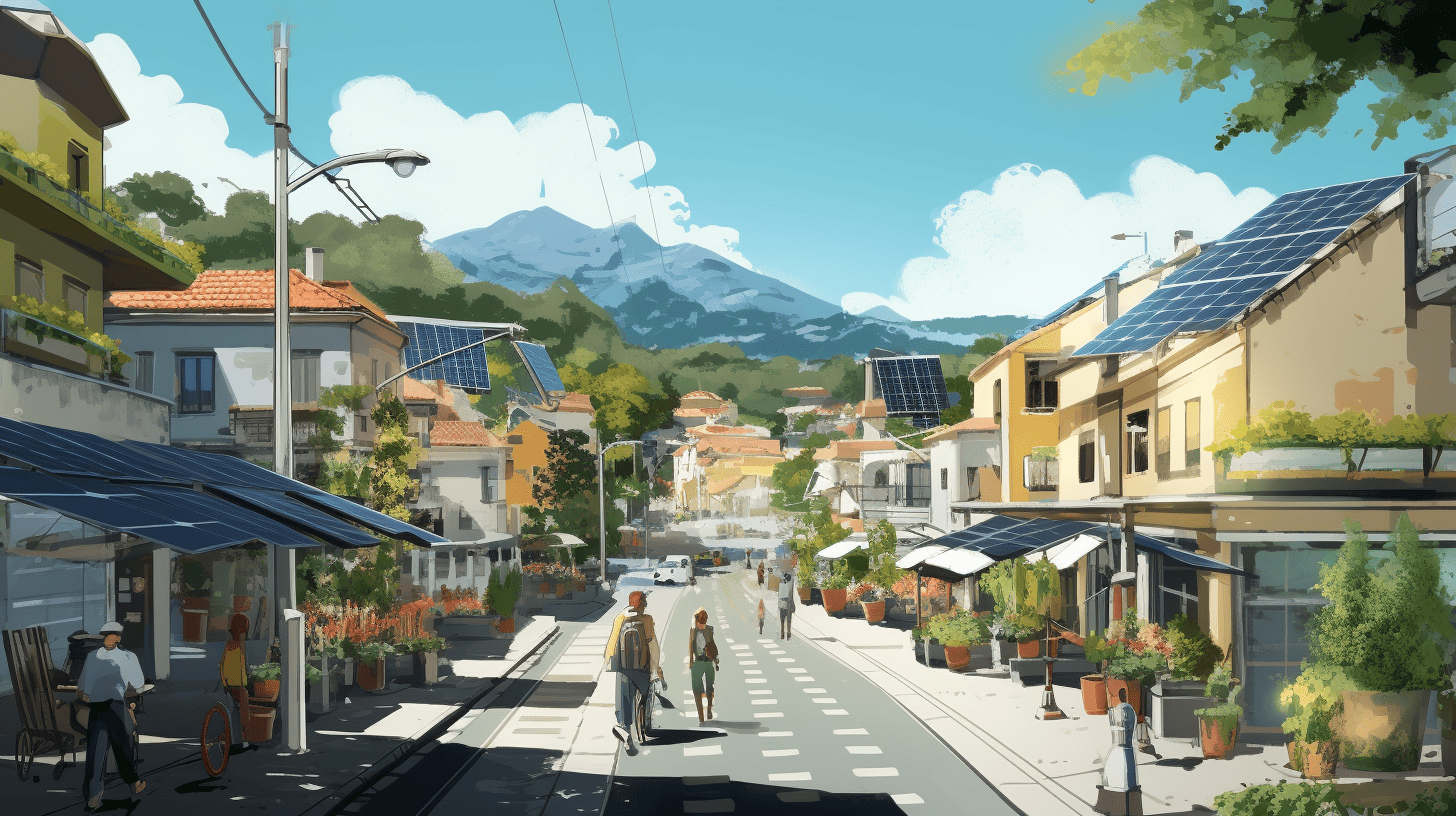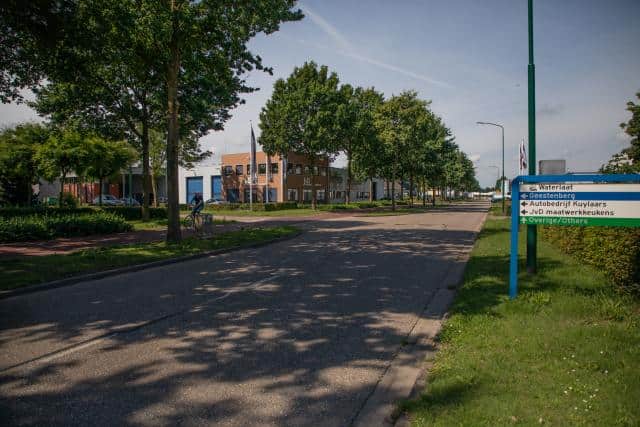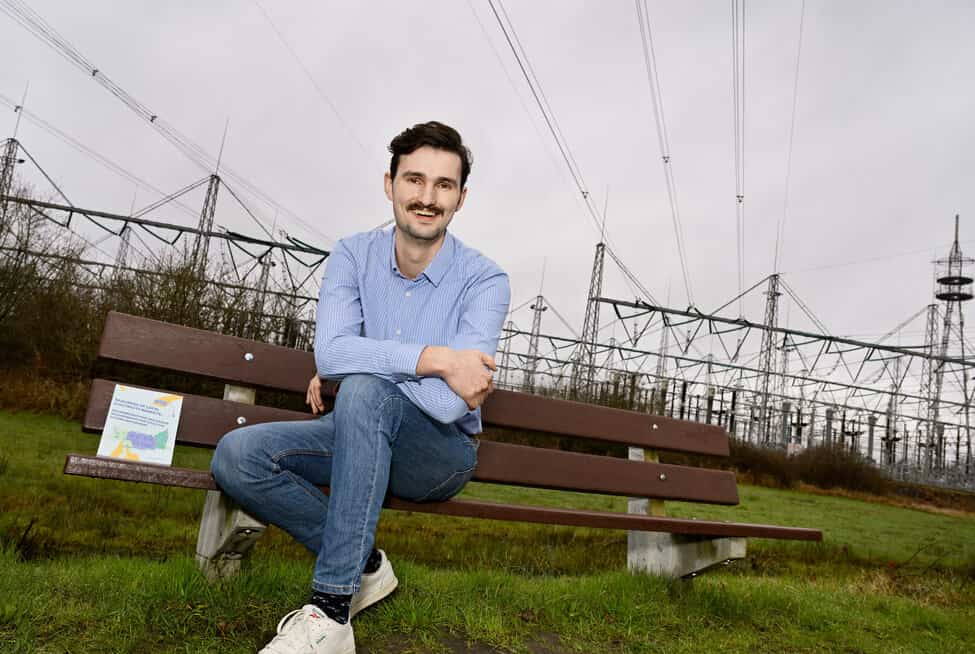
Our current energy systems face two major problems: grid congestion and a mismatch between supply and demand. Moving to smaller, local electricity markets (LEMs) would not only solve these problems but, at the same time, facilitate the energy transition and make energy more affordable for everyone. TU/e researcher Sjoerd Doumen posed the question: are we ready to implement LEMs? Earlier this month, he pronounced on the results of his sleuthing.
To start with the conclusion right away: “Technically, we are completely ready for the implementation of LEMs, but not quite yet as people,” Doumen knows. To make it a success, more attention must first be paid to the human aspect, he argues. His research shows how we can approach that and how these smaller markets might work. “Whether that will look exactly like that in practice I don’t know, but one thing is certain: we have no choice, we have to go that way.”
Why we think you need to read this
Grid congestion, poor matching of supply and demand; the energy transition is proceeding with fits and starts. PhD candidate Sjoerd Doumen sees the solution in local coordination.
The transition from fossil fuels to renewable energy sources such as wind and solar power creates two major challenges. First, the rise of decentralized power generation, such as solar and wind farms, and devices such as heat pumps and electric vehicles, leads to overloading of the power grid, also known as grid congestion. The second problem is a mismatch between supply and demand due to the unpredictable nature of renewable energy sources. “It used to be that a gas turbine would just go on or off,” Doumen says. “Now – and even more so in the future – we depend on how much wind and sun there is and whether it’s cloudy. That makes matching supply and demand more difficult.”
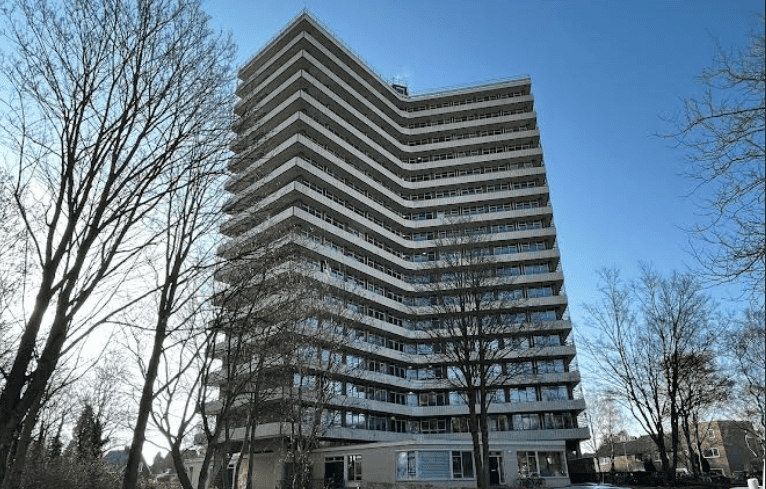
Better responding to the market
Doumen argues in his dissertation that one possible solution to these problems is to move to smaller, local electricity markets (LEMs). “Currently, electricity is traded nationally, with large energy suppliers such as Essent,” he explains. “Those buy electricity at a very high level and then distribute it to many end users. The idea is to have it done slowly by smaller and smaller parties and at a more local level. We could be more responsive to the market through better end-user participation within LEMs. For example, we could make smarter use of solar panels and spread our energy consumption better to avoid peaks.”
Many pilots have already been done that show that you can share energy locally and that this can bring many benefits. Yet this concept has hardly been implemented in practice yet. Therefore, Doumen tried to answer the big question: are we ready to implement LEMs? He formulated recommendations and requirements for successful implementation in his dissertation. In doing so, he considered the perspective of end consumers and various stakeholders, such as grid operators and energy suppliers. “Money is an important incentive. Therefore, to get everyone on board, everyone must be able to benefit from such a system,” he stated.

Bandwidth
One advantage of LEMs is that you can build in a local price component, such as a dynamic tariff based on local conditions. An example is the bandwidth model, where your peak consumption in a given period determines your network tariff. If your consumption is higher than agreed upon, a different rate applies.
“In some places, trials are now being conducted with it. For example, you may not use more than this many watts in the evening, otherwise you have to pay extra,” he says. “You can still cook, for example, but it’s not enough to charge your electric car.” This way, you are encouraged to do it outside peak hours, and energy consumption is better distributed throughout the day that way.
“Now we build the grid for two uses a day – in the morning when we get up and in the evening when we get home,” he says. “And these peaks are only getting bigger, so it just can’t be done that way anymore.” You can expand the grid to accommodate those peaks, but that’s not a smart solution. “It’s like building extra lanes on French highways for the two black Saturdays a year,” Doumen says. “Instead, we need to start bringing down those two huge peaks, then suddenly much more space is created.”
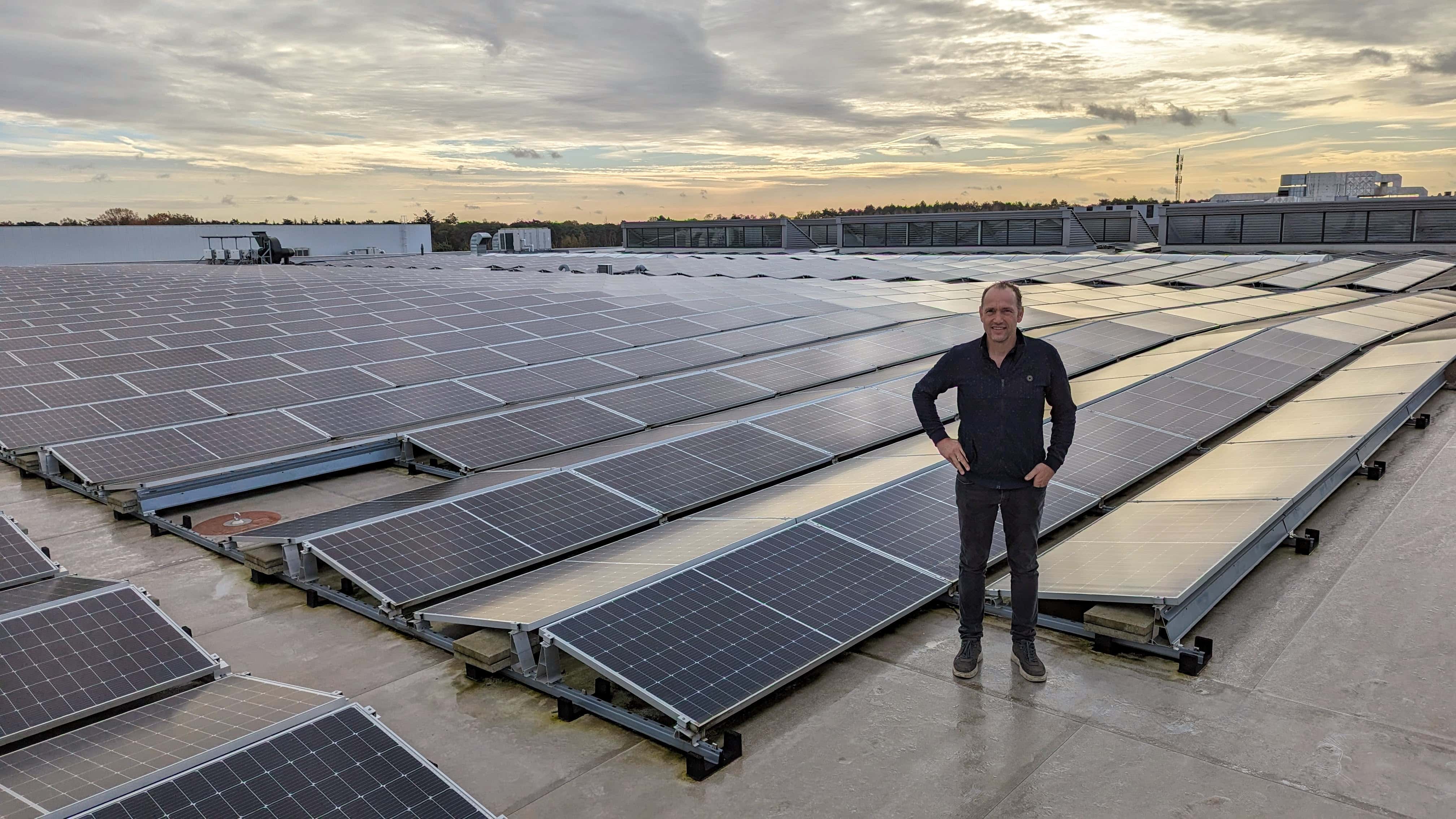
More flexibility
Doumen argues in his dissertation that with the implementation of local electricity markets, there should also be more flexibility. “For example, suppose I am charging my car, but cloud cover is coming. Then someone could ask me to stop and pay a small fee for that.”
He also says net metering—or offsetting the energy that solar panel owners buy from an energy supplier against the energy they feed back—should become more flexible. “When you take out a contract now, you buy energy from a supplier, and they buy energy back from you. There needs to be more flexibility in that, so you have more choice and can also sell it to another party,” Doumen said. “The new Energy Act is also about this.”

Building trust
Doumen discovered that a primary concern when implementing LEMs is the lack of trust among people. “People want certainty and, therefore, prefer a fixed rather than a dynamic tariff,” he said. According to him, that trust must, therefore, first be built to get people on board. “You have to consult well with them and explain why it’s so important and that everyone is better off for it.” Eventually, we all need to move to a more dynamic system, he is convinced. After all, that is much smarter as well as cheaper. “A fixed contract for three years is simply not such a good idea anymore,” he says.
The tricky thing about this is that the benefits of a dynamic system are not always easily understood. “It’s a bit like with the coronavirus pandemic. You take measures, yet you still see the number of infections slowly increasing, so it seems like the measures have no effect,” the doctoral student explains. That can be demotivating. “You see the same thing with energy prices. These will rise anyway, but less sharply than if we do nothing.”





